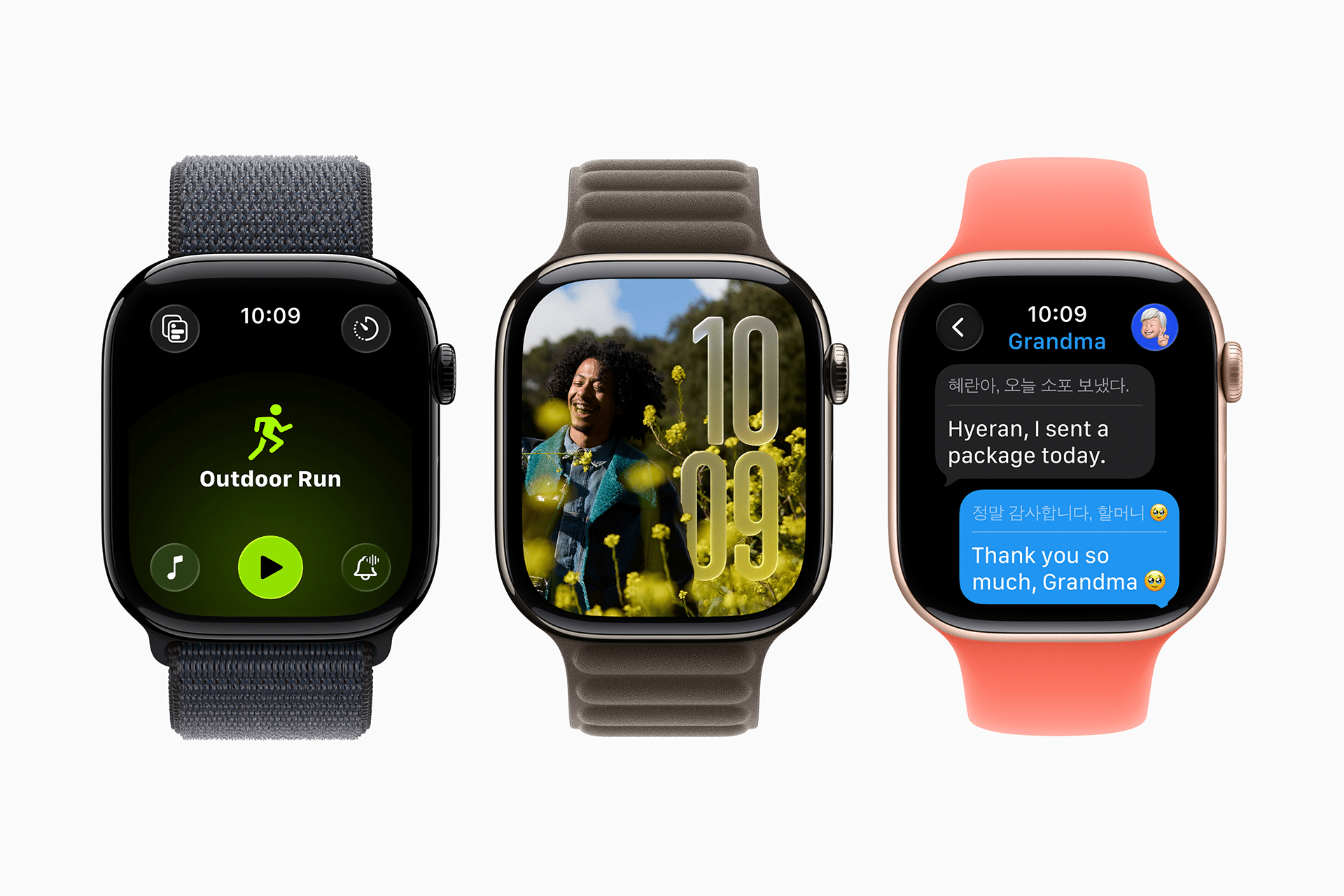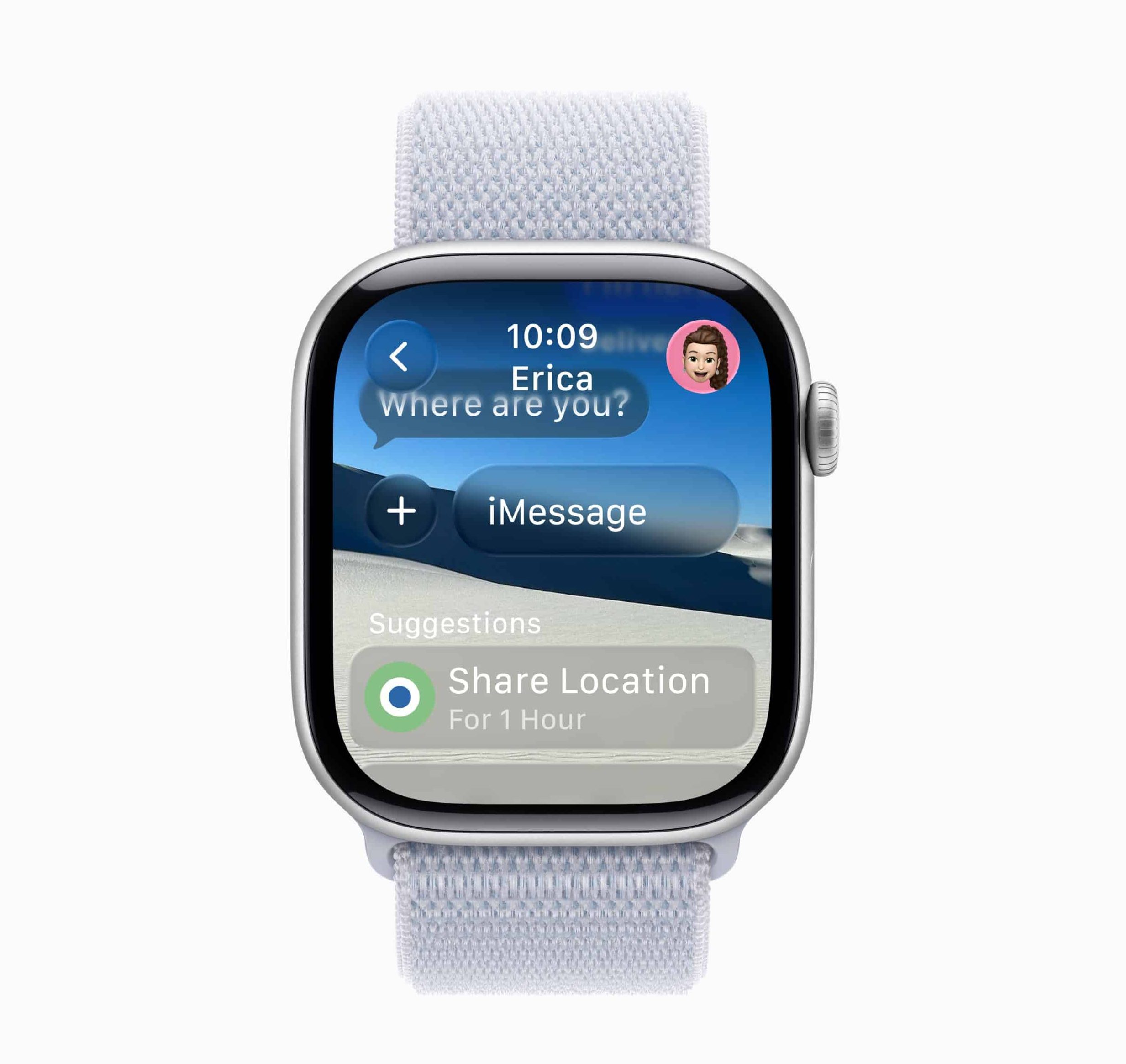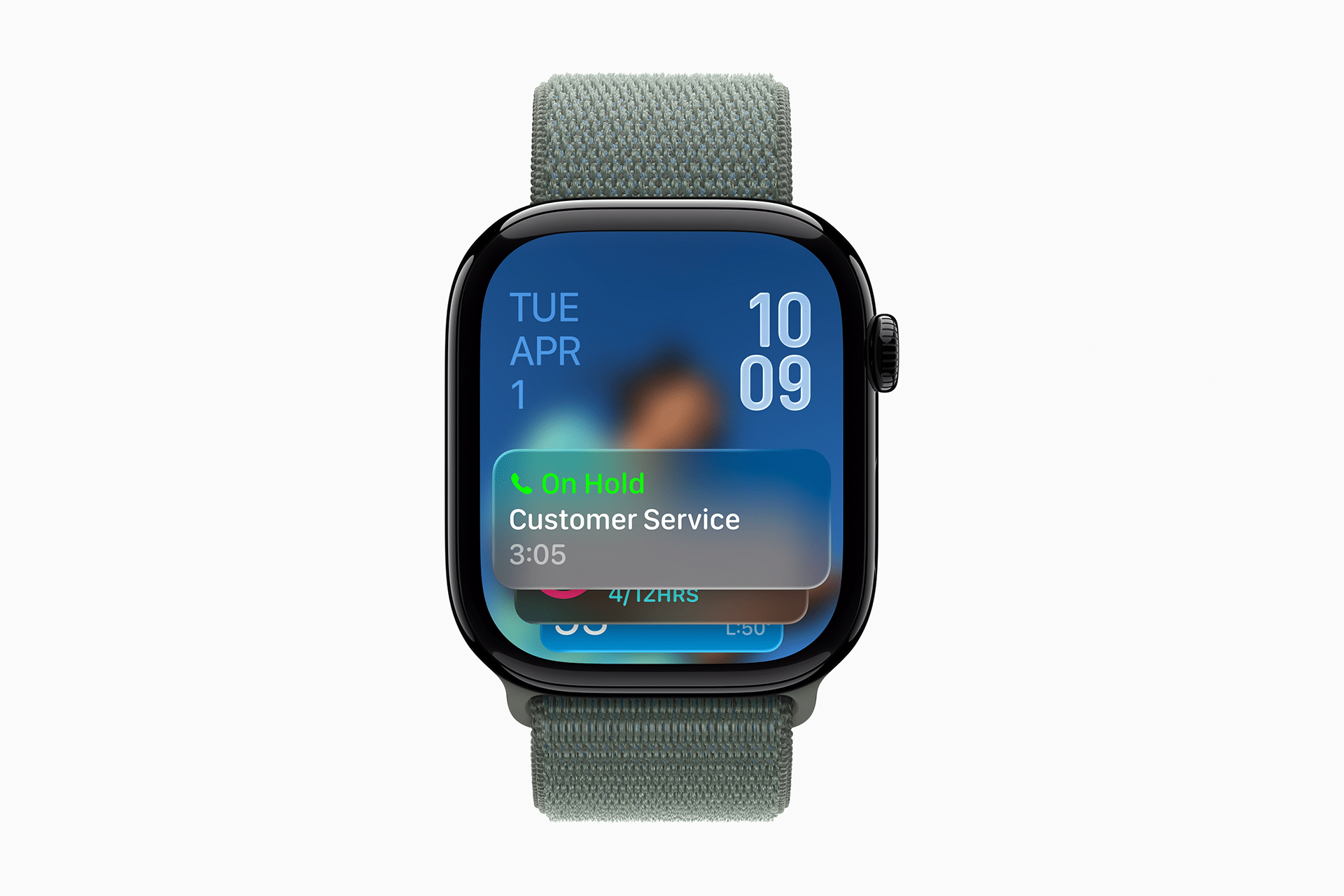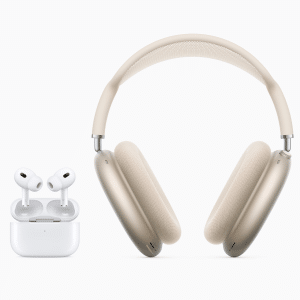Revealed during the first beta release of watchOS 26, Apple has confirmed that the update “rebuilds the Apple Watch software architecture from the ground up.” This is more than just a yearly refresh—it marks the biggest structural shift to watchOS since its original launch in 2015.
The redesigned architecture is expected to improve responsiveness across the user interface, cut down on lag when opening apps or swiping between watch faces, and make better use of the Apple Watch’s onboard memory and processor. Although Apple hasn’t published full technical documentation yet, developers testing the new framework have reported noticeably faster app launch times—even on older models.
Why Apple Is Rebuilding Now
This overhaul isn’t coming out of nowhere. The Apple Watch has steadily evolved into a more powerful, health-focused platform. With newer models like the Apple Watch Ultra pushing the limits of wearable hardware, the underlying software architecture needs to keep pace.
Apple’s shift also lines up with its broader push toward AI-enhanced features, on-device intelligence, and tighter integration across devices running iOS, macOS, and visionOS. A more efficient architecture provides the groundwork for faster Siri responses, more accurate health tracking, and seamless background syncing—without draining battery life.
In fact, early testers suggest that watchOS 26 is more battery-efficient, thanks to smarter task handling and reduced background overhead.

Developer-Centric, But User-Friendly
While this architectural transition is a major event for developers, everyday users stand to benefit without needing to do anything. Apps built for the new architecture will install and run faster, and users will see improvements in how quickly complications update, how smoothly animations perform, and how efficiently apps sync data from iPhones.
Apple is encouraging developers to start building for watchOS 26 now, with new Xcode tools already supporting the updated structure. The goal is to ensure that when the final version launches this fall, the app ecosystem is ready to deliver on the promises of speed and efficiency.
What to Expect in the Final Release
watchOS 26 is currently in beta and will roll out publicly later this year—likely alongside new Apple Watch hardware in the fall. While the new architecture is the headline, users can also expect small but meaningful improvements across the system, including:
- More reliable app performance
- Faster switching between watch faces
- Improved Siri integration
- Extended battery efficiency on newer models
As with past updates, some features may require newer hardware, but Apple hasn’t yet clarified the exact compatibility range for full support.
Why It Matters
For years, Apple Watch has grown more capable, but some users—especially those with older models—have complained about slow performance and inconsistent app behavior. watchOS 26’s new foundation is a direct answer to those concerns.
This isn’t about flashy new visuals or gimmicky apps—it’s about making the Apple Watch experience smoother and more dependable, giving the device room to grow in the AI and health tracking era.










